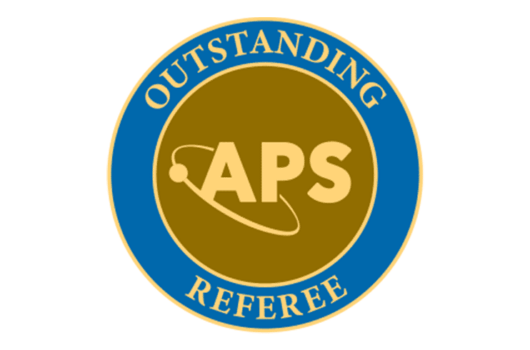Towards Probing the Diffuse Supernova Neutrino Background in All Flavors
Towards Probing the Diffuse Supernova Neutrino Background in All Flavors
View
Abstract
Fully understanding the average core-collapse supernova requires detecting the diffuse supernova neutrino background (DSNB) in all flavors. While the DSNB ![]() flux is near detection, and the DSNB
flux is near detection, and the DSNB ![]() flux has a good upper limit and promising prospects for improved sensitivity, the DSNB
flux has a good upper limit and promising prospects for improved sensitivity, the DSNB ![]() (each of
(each of ![]() ) flux has a poor limit and heretofore had no clear path for improved sensitivity. We show that a succession of xenon-based dark matter detectors — XENON1T (completed), XENONnT (under construction), and DARWIN (proposed) — can dramatically improve sensitivity to DSNB
) flux has a poor limit and heretofore had no clear path for improved sensitivity. We show that a succession of xenon-based dark matter detectors — XENON1T (completed), XENONnT (under construction), and DARWIN (proposed) — can dramatically improve sensitivity to DSNB ![]() the neutrino-nucleus coherent scattering channel. XENON1T could match the present sensitivity of
the neutrino-nucleus coherent scattering channel. XENON1T could match the present sensitivity of ![]() per
per ![]() flavor, XENONnT would have linear improvement of sensitivity with exposure, and a long run of DARWIN could reach a flux sensitivity of
flavor, XENONnT would have linear improvement of sensitivity with exposure, and a long run of DARWIN could reach a flux sensitivity of ![]() . Together, these would also contribute to greatly improve bounds on non-standard scenarios. Ultimately, to reach the standard flux range of
. Together, these would also contribute to greatly improve bounds on non-standard scenarios. Ultimately, to reach the standard flux range of ![]() , even larger exposures will be needed, which we show may be possible with the series of proposed lead-based RES-NOVA detectors.
, even larger exposures will be needed, which we show may be possible with the series of proposed lead-based RES-NOVA detectors.




